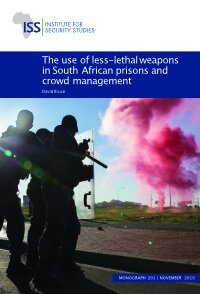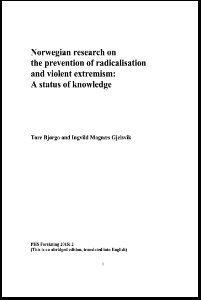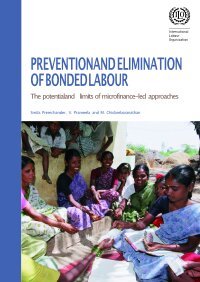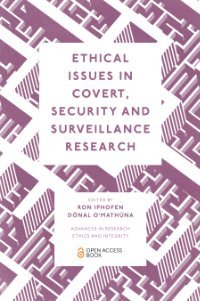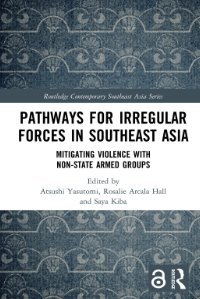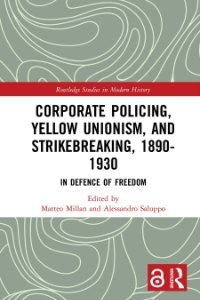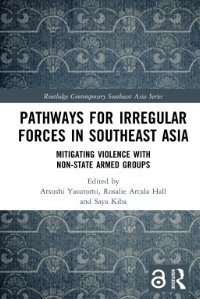By Nadia Wager, Alexandra Robertshaw Seery, Diana Parkinson
This research study was commissioned by the Centre of expertise on child sexual abuse (CSA Centre) to explore the ways in which police forces across England and Wales seek to disrupt child sexual abuse. Disruption, alongside enforcement and prevention, is one of the principal ways in which police respond to criminality and criminal activity. While enforcement focuses on the prosecution of past crimes, and prevention aims to stop whole groups of suspects or protect potential victims, disruption is a more flexible and dynamic approach which seeks to disrupt offenders’ networks, lifestyles, and routines so that it is harder for them to commit crime. Disrupting child sexual abuse is a vital activity because most incidents of such abuse are never reported to or discovered by the police – meaning that many individuals who sexually abuse children remain at liberty to commit further abuse. Disruption measures have the potential to swiftly interrupt contact between a suspect and a child or young person, and to help stop further abuse in the longer term.
Ilford, Essex, UK: Centre of Expertise on Child Sexual Abuse, 2021. 68p.










